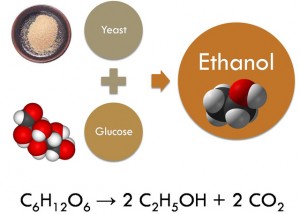Due to grant restrictions and low enrollment our annual kitchen creations cooking school has been cancelled, so we are offering this workshop in the morning as well as the evening.
The Quay County Extension Service is offering a workshop;
Meal Planning Tips for People With Diabetes. “This workshop is designed for
people who could not attend our annual cooking school and will include some of
the information that has been proven successful by our cooking school
attendees”, says Brenda Bishop, Extension Home Economist. Topics covered will include the importance
of managing carbohydrates, identifying carbohydrates and making our favorite
foods work in a healthy meal plan.
This workshop will be offered twice on February 9, 2016
beginning at 10:00 a.m. and again 5:30 pm.
The workshop will last about 1 ½ hours and snacks will be served. People who have diabetes, pre-diabetes, or
who care for those with diabetes are encouraged to attend. Both classes will be held at the Extension
Office located in the Terry Turner Building at 216 E Center Street in Tucumcari. Please RSVP by calling 461-0562.
The Quay County Extension Service is an equal
opportunity/affirmative action employer and educator. If you are a person in need of an auxiliary
service to participate in this workshop, please call 461-0562 by February 5th.







